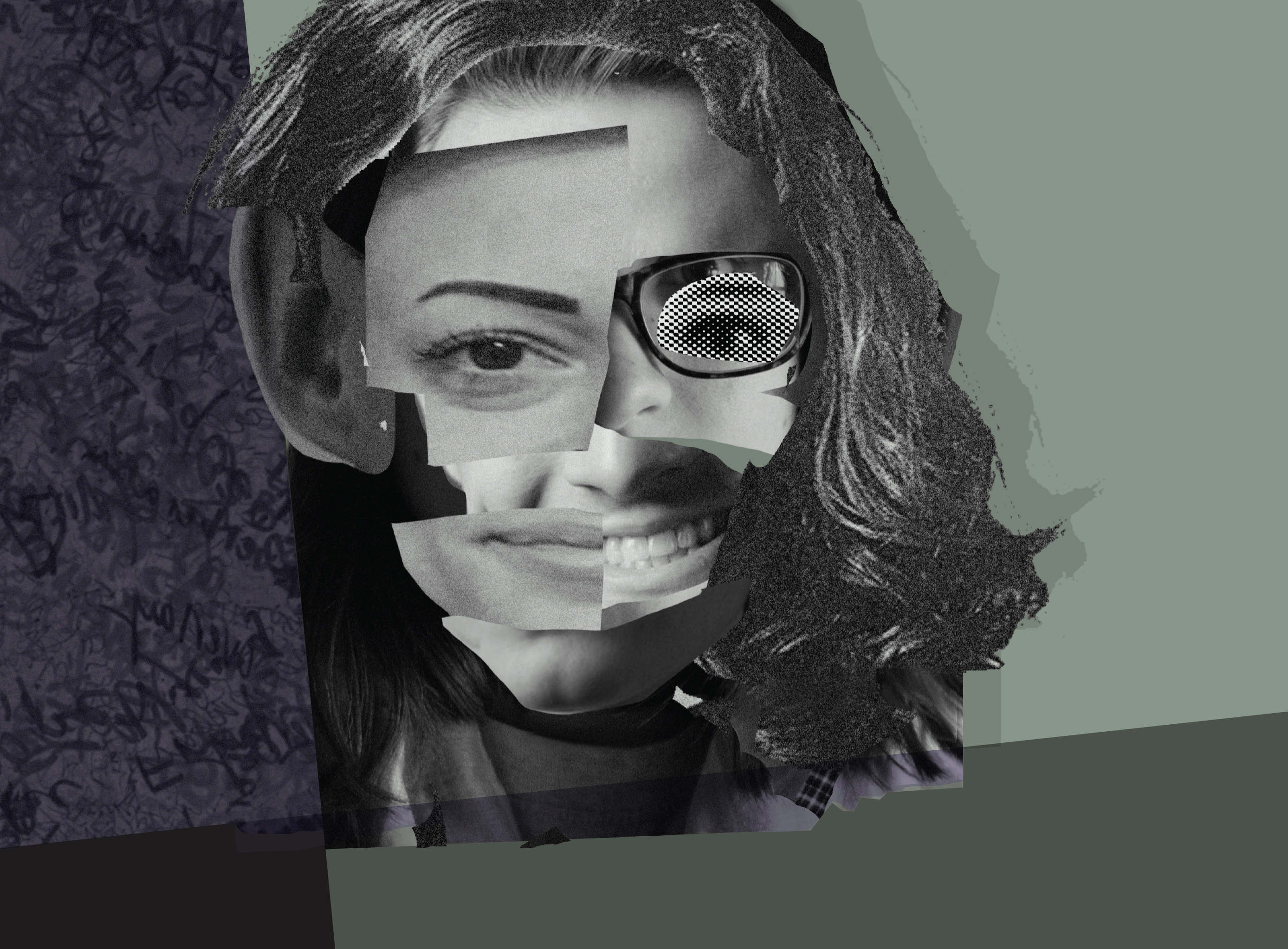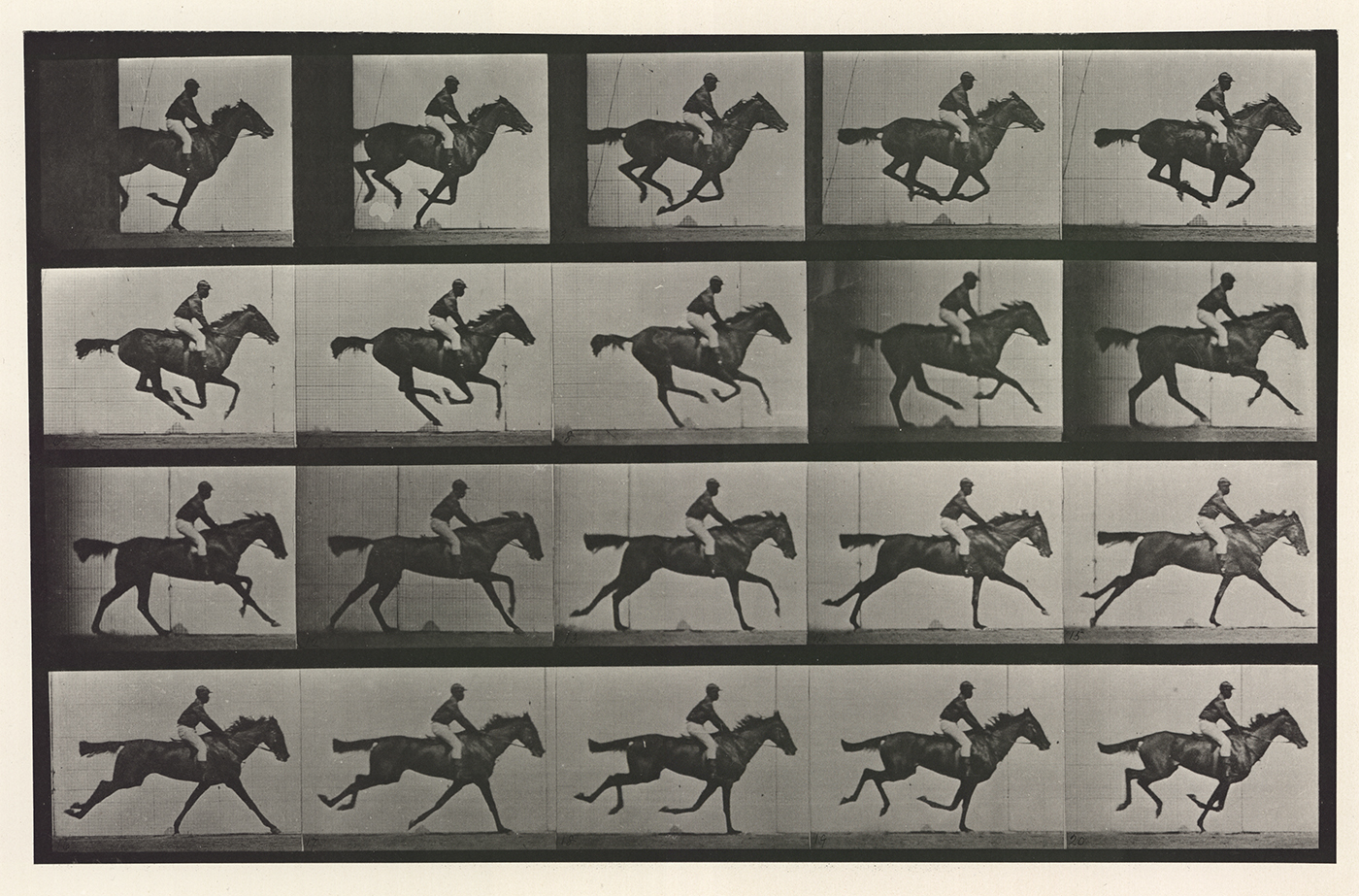This exhibition considers the role of dance, performance, masks, and ritual objects in the social, spiritual, and political world of the Bamana of Sub-Saharan West Africa. Organized and curated by Taylor Hunkins ’17.
From 1950 to 1990, Coloramas greeted millions who passed through New York City's Grand Central Terminal, presenting an idealized image of postwar America. Created by the Eastman Kodak Company, the colossal eighteen feet high and sixty feet wide backlit color transparencies represented a technological leap in the world of marketing and projected an image of an abundant, prosperous, and scientifically advanced America. However, for all the optimism suggested in the images, one sees none of the realities of a society divided harshly along racial and socio-economic lines and the civil unrest that it produced. As curator Alison Nordström notes, Coloramas "served to manifest and visualize values that even then were misunderstood as nostalgic and in jeopardy, salvageable only through the time-defying alchemy of Kodak cameras and film."
This exhibition features a selection of large-scale photographs made from the more than five-hundred original transparencies, providing a view of the optimism and prosperity of certain segments of American society during the second half of the twentieth century.
Organized by the George Eastman Museum
FREE PUBLIC LECTURE: Wednesday, October 5, 5:30-6:30 pm, Weiss Center for the Arts, #235
"Dreaming in Color: The Kodak Colorama and American Ideas"
Alison Nordström, Guest Curator
José Guadalupe Posada (1852–1913) was one of Mexico’s most influential political printmakers and cartoonists. Posada produced an extensive body of imagery, from illustrations for children’s games to sensationalistic news stories. He is best known, however, for his popular and satirical representations of calaveras (skeletons) in lively guises, who have become associated with the Día de los Muertos (Day of the Dead) celebrations. Posada’s prints shaped generations of Mexican artists including the muralists Diego Rivera and José Clemente Orozco. This exhibition features a wide range of prints and print media including calaveras, chapbooks, political prints, devotional images, and representations of natural disasters and popular events. The works for this exhibition are generously on loan from David Sellers P ’06.
Diane Miliotes, guest curator of the exhibition and specialist of Latin American Art, will present a free public lecture on the art of Posada and his place in the late nineteenth- and early twentieth-century popular penny print culture in Mexico. Her publications include José Guadalupe Posada and the Mexican Broadside (2006), José Clemente Orozco in the United States, 1927–1934 (2002),and What May Come: The Taller de Grafica Popular and the Mexican Political Print (2014). Miliotes is Interim Curator of Modern Art and Design at the Smart Museum of Art, The University of Chicago.
On view through October 28, 2017
From 1903 to 1908, Käthe Kollwitz worked on the plates for Bauernkrieg / Peasant War, a series of etchings that represents the brutal treatment of peasants in sixteenth-century Germany, their rise to revolution and battle, and their subsequent humiliation and death. Although based on historic events, the series anticipates tragedies that unfolded across Europe during the first half of the twentieth century. The works in the series are: 1. Die Pflüger / The Plowing; 2. Vergewaltigt / Raped; 3. Beim Dengeln / Sharpening the Scythe; 4. Bewaffnung in einem Gewölbe / Armng in a Vault; 5. Lorsbruch / Outbreak; 6. Schlachtfeld / After the Battle; and 7. Die Gefangenen / The Prisoners. The prints were acquired by the museum through a series of gifts and purchases.
Exhibition curated by German major Courtney Rogers '17. Materials for this exhibition are availalble in English and German.
A British Sentiment
Landscape Drawings and Watercolors 1750-1950 from the collection of John Harbold
March 3, 2017 - April 15, 2017
March 3–April 15, 2017
This exhibition considers the nature of landscsape drawings and watercolors by British artists from the middle of the eighteenth through the middle of the twentieth centuries, with particular emphasis on the picturesque. It features more than sixty works in graphite, charcoal, ink, and watercolor on paper by a wide range of artists associated with the British watercolor socieites. The exhibition considers the themes of national identity, the Grand Tour and domestic tourism, and the picturesque. The exhibition is curated by senior art history majors Olivia Falcey, Caroline Fallon, Christopher Guy, Xiaoqi Huang, Taylor Hunkins, Joelle Paull, Claire Paulsen, Lexi Tobash, Sophie Weinstein, and Jackson Zyontz.
Thesis projects by Talia Amorosano,Willa Hut, Rachel Rectenwald, Megan Robitaille, and Noah S. Thompson, under the direction of Todd Arsenault and Ward Davenny, with Andrew Bale, Amy Boone-McCreesh, and Rachel Eng.
Graduation Notice: The museum will be open the morning of graduation, May 21, from 8am to 10am, so that family and friends of the artists may view the exhibition prior to Commencement acvitives.
Muybridge & Curtis
The Great Photographic Projects of the Gilded Age
May 27, 2017 - October 14, 2017
May 27–October 14, 2017
Documenting what the eye cannot or would no longer see.
Gilded Age America witnessed the rapid and widespread expansion of photography, particularly as a tool of documentation in the natural and social sciences. Muybridge & Curtis considers the two vast photographic projects of the day: Eadweard Muybridge’s Animal Locomotion: An Electro Photographic Investigation of Connective Phases of Animal Movements (1887) and Edward S. Curtis’s The North American Indian, Being a Series of Volumes Picturing and Describing The Indians of the United States and Alaska (1907–1930). Working during the age of heavy tripods, large wood cameras, and glass plate negatives, Muybridge and Curtis made tens of thousands of negatives for their respective work of unparalleled scope. Both projects were realized for scholarly study through massive, costly publications. Animal Locomotion, produced under the auspices of the University of Pennsylvania, contained 781 multiexposure plates printed with the collotype process. The North American Indian, underwritten in part by John Pierpont Morgan, filled 20 volumes with more than 2200 photogravures based on negatives made by Curtis. Muybridge & Curtis, drawn exclusively from works in the museum’s collections, considers the two projects within the context of early photography and their role in the developing natural and social sciences.
Eadweard Muybridge prints gift of Samuel Moyerman
Edward Curtis prints gift of Angelo Brutico, Jr. P'19
EVENTS




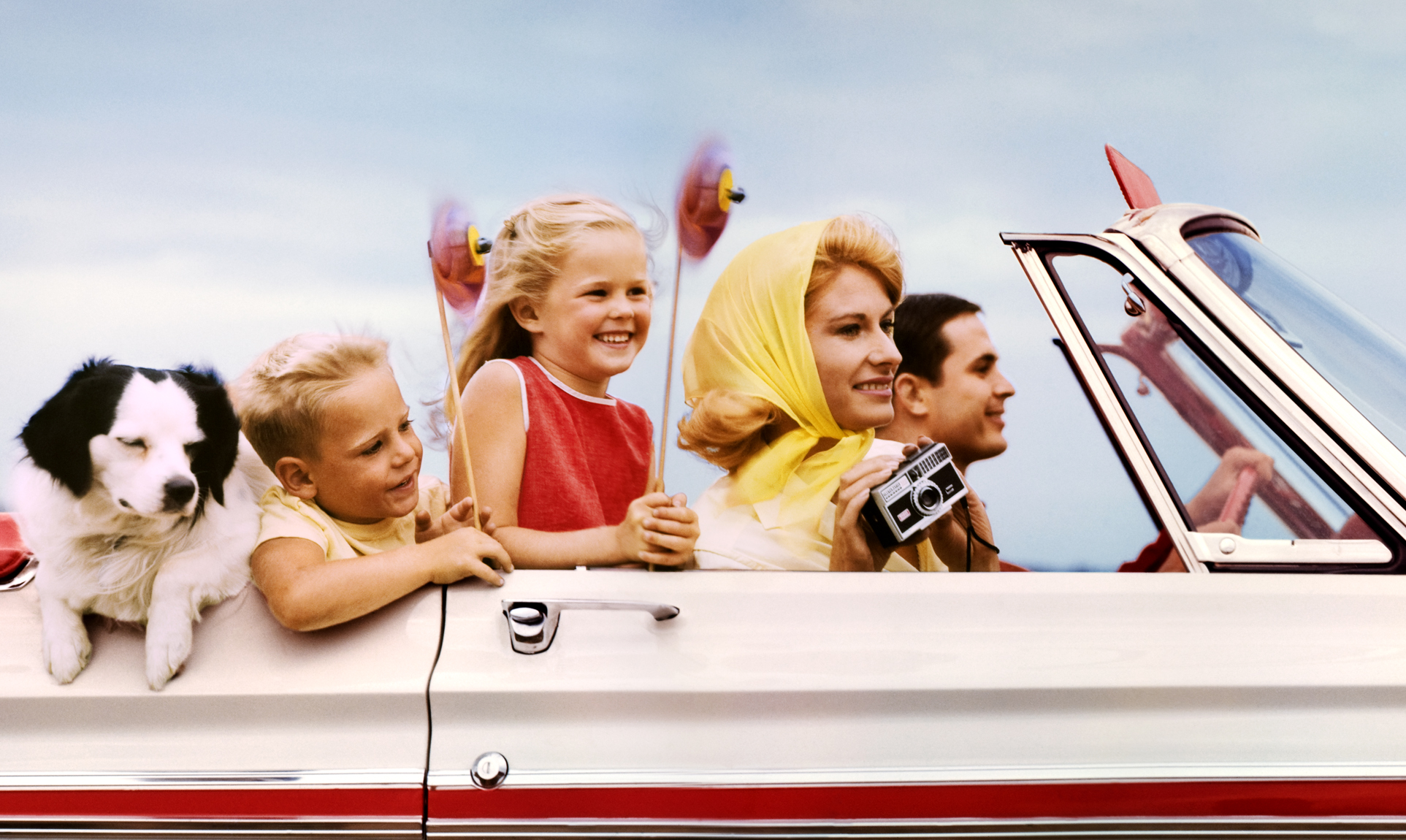












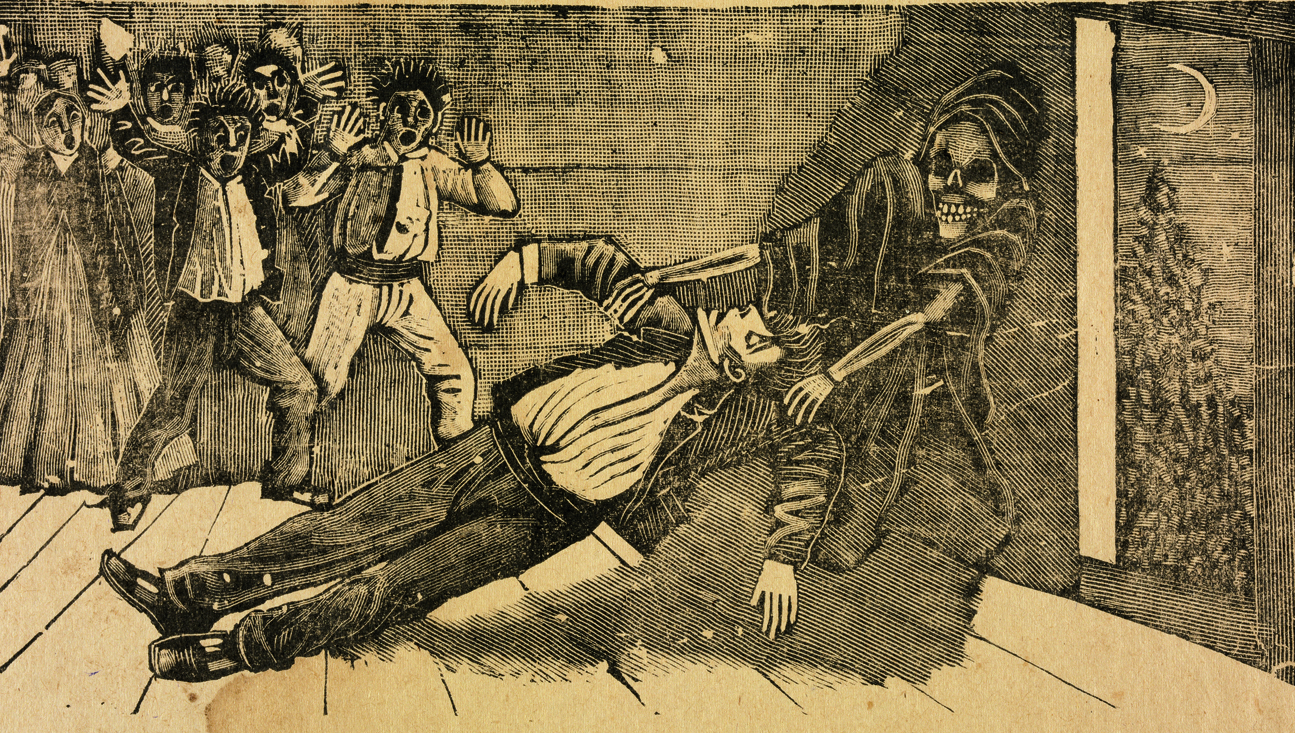










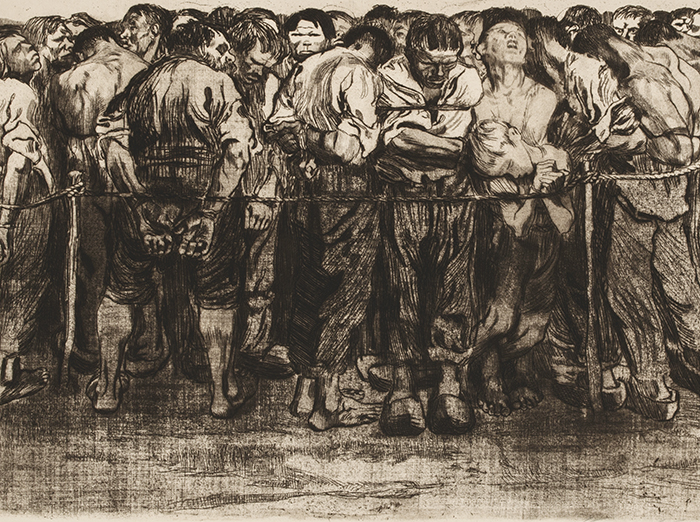








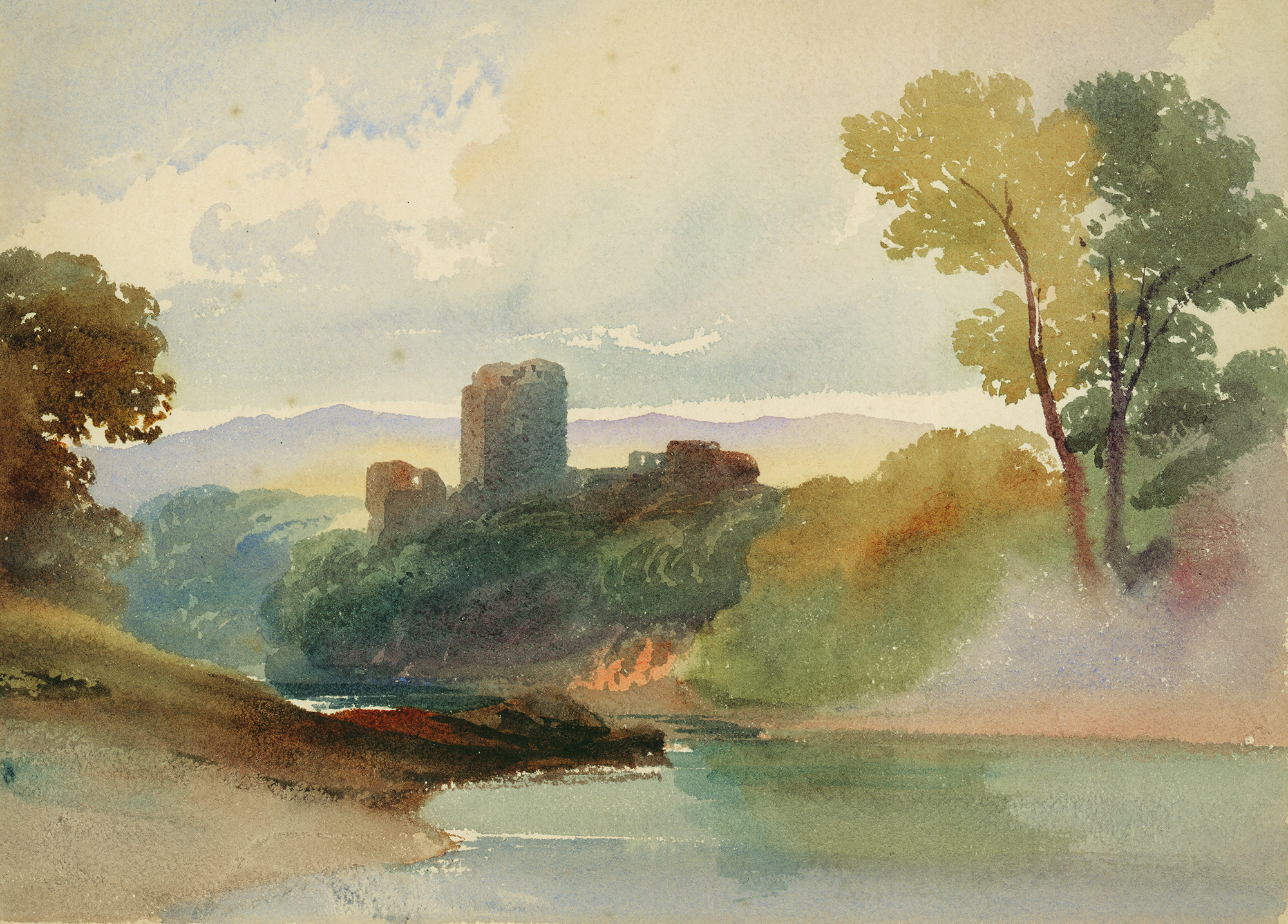










, Italy-2.jpg)

